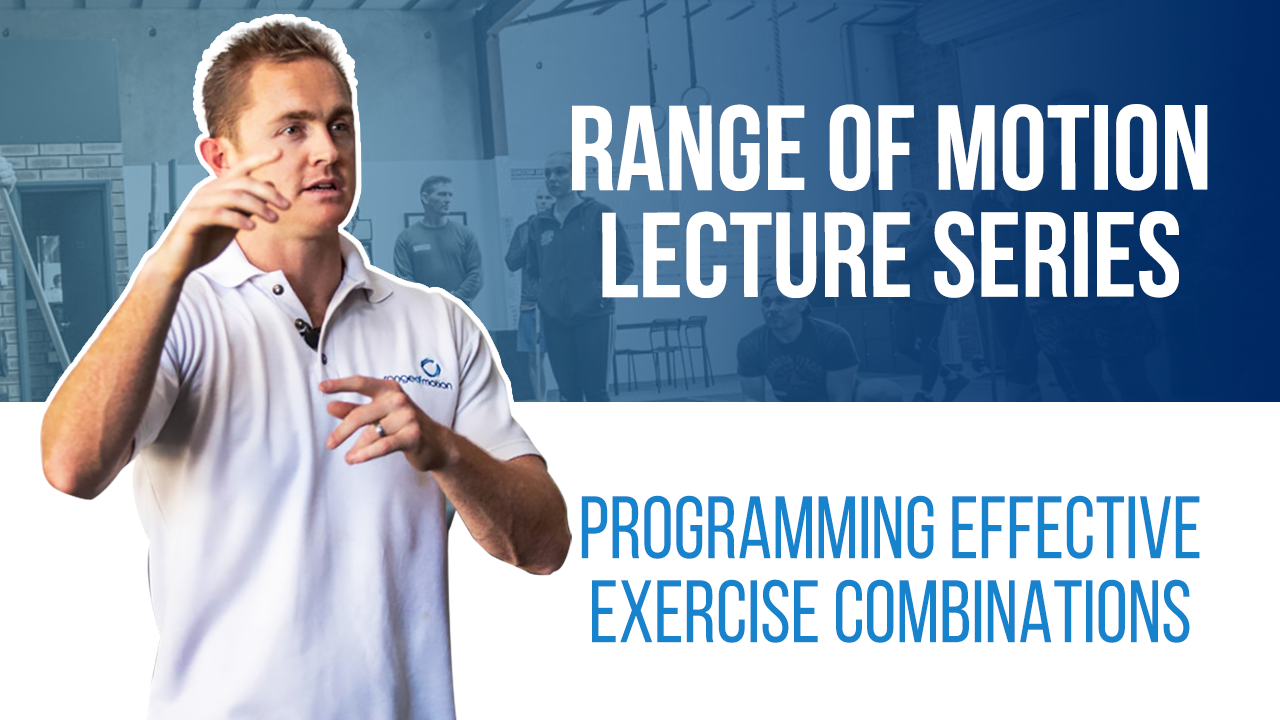– So, when we’re putting together a multi-modal type session, the aim needs to be to create maximum exposure from a cardiorespiratory endurance from a work capacity point of view. Our aim needs to be to have conflicting exercises which shunt blood from different areas of the body and around different areas of the body. And, it’s why sessions like thrusters and pull-ups are so painful and so effective, is that you’re doing thrusters and the blood is going to your lower body and to your pressing muscles. Just as they start to fatigue, you’re then doing pull-ups, which is redistributing the blood from the thruster muscles into the pull-up muscles. So, unfortunately, the thruster muscles then get a rest. I say unfortunately because it means that there’s no excuse to drop output. There’s no excuse to slow down because you’re not hitting the wall. You’re not limited by the stamina in those muscle groups anymore. And, you can do pull-ups and the pull-ups feel fine, in their own right. If we isolate the pull-ups, your ability to do pull-ups is fine. But, you’re ability to create repeated contractions because of what your heart and lungs are doing, because of our work capacity, this suddenly starts to become an issue. The pull-ups start to become difficult. There, they just start to get tough, we just start to get to limits of your stamina in those pull-up muscles, in that localised muscle group, there. And, when it happens, you go back to thrusters, which now feel fine, in an isolated sense, because all those muscles have rested and we shunt blood between different areas of our body, therefore, shooting our heart rate super high, working at thresholds, pushing those thresholds, and improving our work capacity.
The most common exercise mistake that limits people living with a disability
Every day, we work with people who do not let their disability define them. But when it comes to exercise, we see one...





